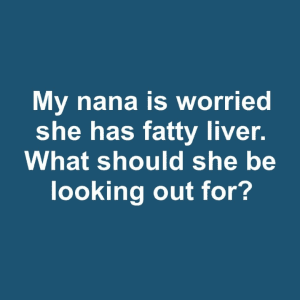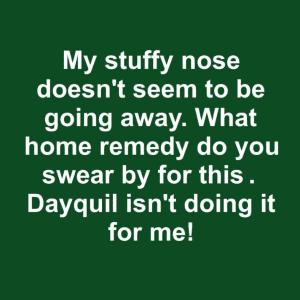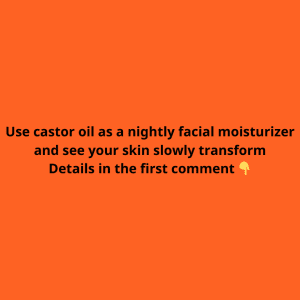When a red bump or white pustule appears on your skin, it’s easy to jump to the conclusion that you’re dealing with a pimple. But the truth is, not all skin bumps are the same. Conditions like styes, milia, and pimples can appear quite similar at first glance, but they have different causes and require unique treatments. Understanding what you’re dealing with is essential for applying the right remedy and preventing further irritation.
Milia: The Tiny, White Bumps Around Your Eyes
What are Milia?

Milia are tiny, painless white bumps that most commonly appear around the eyes and cheeks. Often mistaken for whiteheads, milia are actually keratin-filled cysts that form just beneath the skin’s surface. According to dermatologists, these small bumps are typically 1-2 millimeters in size and feel hard to the touch.
Common Causes of Milia
Milia can develop for various reasons. While some people are more genetically prone to these bumps, other causes include:
- Sun damage: Prolonged exposure to UV rays can weaken the skin’s structure, making it easier for keratin to become trapped under the surface.
- Skin trauma: Treatments such as microdermabrasion or burns can trigger the formation of milia during the healing process.
- Occlusive skincare products: Heavy creams and cosmetics that block pores may also contribute to milia.
How to Treat Milia
Unlike pimples, milia do not go away on their own and usually require professional extraction by a dermatologist. The treatment involves making a small incision with a sterile blade and gently removing the trapped keratin. Some people use topical retinoids to help prevent milia from forming by promoting cell turnover, but for established bumps, dermatological intervention is typically necessary.
Styes: Painful Bumps on Your Eyelids
What is a Stye?
A stye is a painful bump that forms on the eyelid, either along the lash line or inside the eyelid. Styes occur when an oil gland or hair follicle becomes blocked by dead skin cells, oil, or keratin. Unlike milia, which are painless, styes can be tender and cause swelling or redness in the affected area.
Common Causes of Styes

Styes form when the Meibomian glands, which produce oils to keep the eyes lubricated, become clogged. Some of the factors that contribute to styes include:
- Poor eyelid hygiene
- Makeup left on overnight
- Frequent eye rubbing
- Bacterial infections
How to Treat a Stye
Most styes heal on their own within a week. However, you can accelerate the healing process by applying warm compresses to the affected area several times a day. This helps soften the blockage and encourages it to drain. Avoid squeezing or popping the stye, as this can spread bacteria and worsen the infection. If the stye persists, a doctor may need to prescribe antibiotics or perform a minor procedure to drain it.
Pimples: The Classic Skin Bump
What are Pimples?

Pimples, also known as papules or pustules, are the most familiar type of skin bump. They occur when pores become clogged with excess oil, dead skin cells, and bacteria. This blockage leads to inflammation, resulting in red bumps that may or may not be filled with pus.
Common Causes of Pimples
Pimples are influenced by several factors, including:
- Hormonal changes: Fluctuations in hormones, particularly during adolescence, menstruation, or stress, can increase oil production and lead to acne.
- Excess oil production: People with oily skin are more prone to developing pimples.
- Bacterial growth: When pores become clogged, bacteria multiply inside, leading to inflammation and the formation of pimples.
How to Treat Pimples
There are various treatments for pimples, ranging from over-the-counter remedies to prescription medications. Popular options include:
- Topical retinoids: These vitamin A derivatives help promote cell turnover and prevent clogged pores.
- Benzoyl peroxide: This common acne treatment works by reducing bacteria and drying out excess oil.
- Salicylic acid: This beta-hydroxy acid exfoliates the skin and clears out pores.
For severe cases of acne, dermatologists may prescribe oral medications, such as antibiotics or hormonal therapies like spironolactone.
How to Tell the Difference Between Styes, Milia, and Pimples
While styes, milia, and pimples may look similar, their causes and treatments vary significantly. Here are some key points to help you differentiate them:
- Location: Milia often appear around the eyes and cheeks, while styes exclusively form on the eyelids. Pimples, on the other hand, can appear anywhere on the face or body, but are most commonly found on the face, chest, and back.
- Pain: Styes are typically painful and may cause swelling, while milia are painless. Pimples may or may not be painful, depending on their severity.
- Texture: Milia are firm and white, whereas pimples may be red and inflamed or filled with pus. Styes usually have a tender, swollen appearance.
When to See a Dermatologist

Although some of these skin conditions can be managed with at-home treatments, it’s important to consult a dermatologist if:
- The bump doesn’t go away after several weeks.
- You experience excessive pain, swelling, or discharge.
- The condition worsens despite treatment.
Dermatologists can provide targeted treatments for persistent or severe cases, helping you achieve clearer and healthier skin.
Conclusion: Know Your Bumps to Treat Them Right
While styes, milia, and pimples share some similarities in appearance, they are quite different in terms of their causes and treatments. Understanding what you’re dealing with is crucial to choosing the right approach for relief. Whether it’s a painful stye, stubborn pimple, or tiny milia, there’s a solution that fits each condition. If you’re ever unsure about a bump on your skin, consulting a dermatologist is the best way to ensure proper care and long-lasting results.


